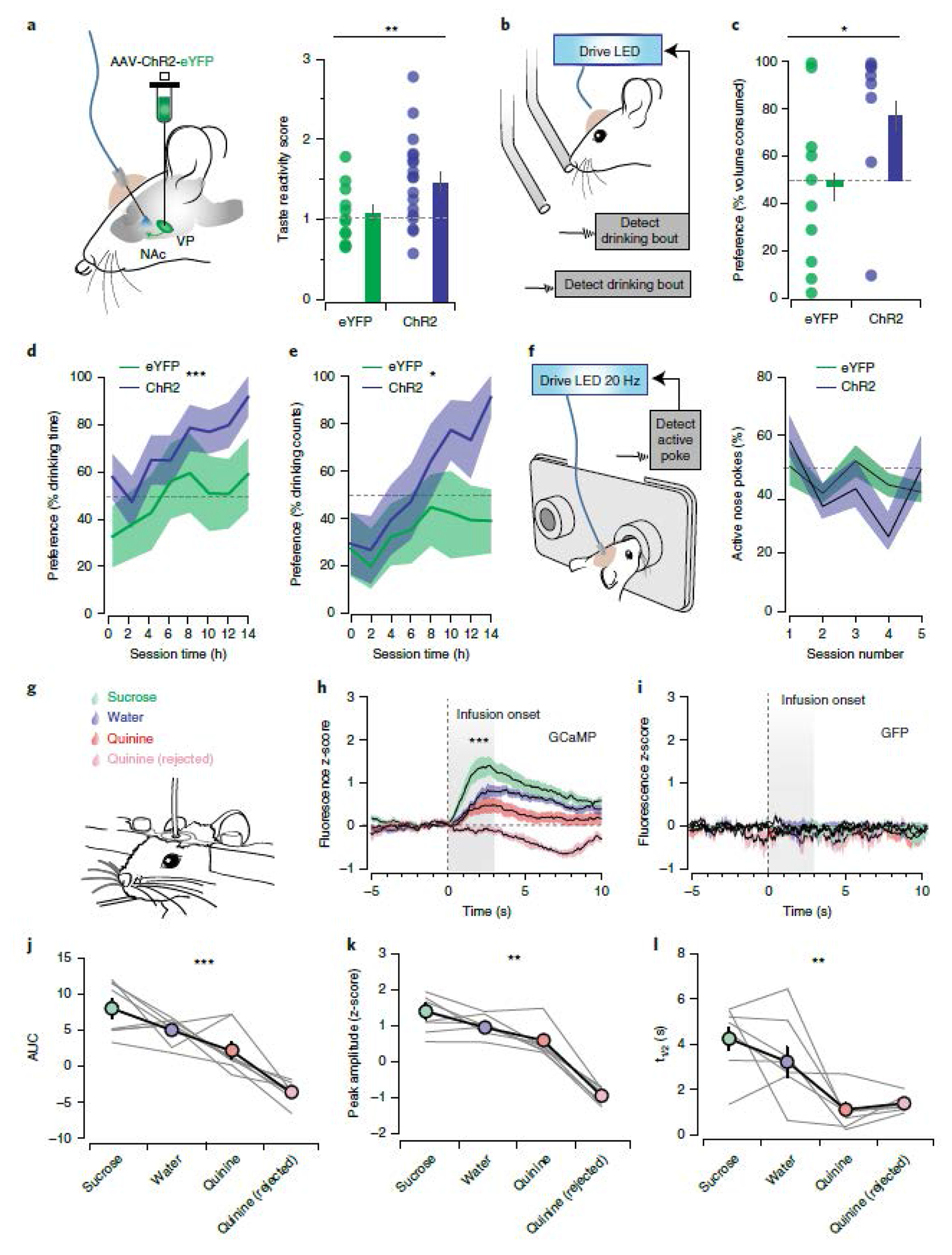Figure 8. vArky activation enhances reward value and vArky calcium activity scales with reward palatability.

(a) Stimulation-induced change in orofacial taste reactivity (eYFPNoStim: 3.88±0.46, eYFPStim: 3.99±0.27, p=0.781, ChR2NoStim = 3.36±0.35, ChR2Stim: 4.77±2.05, Fvirus•stim=7.69, p=0.007). (b) Identical rewards were presented in two bottles, one bottle was paired with closed-loop vArky stimulation. (c) Preference for stimulated bottle in a two-bottle choice task measured as volume consumed (eYFP: 46±11%, ChR2: 74±12%, x2=5.05, p=0.025). (d-e) Preference for the stimulation-paired bottle in the overnight two-bottle choice task expressed as proportion of drinking time (Fvirus=12.5, p=0.0006) and drinking bouts (Fvirus=6.81, p = 0.010) (f) Proportion of active to inactive nose pokes over 5 days of operant training in an ICSS task (eYFP: 44.16±2.08%, ChR2: 41.17±3.47%). (g) Head-fixed intraoral infusion of sucrose, water or quinine solutions. (h-i) Combined fluorescence responses aligned to onset of solution infusion (GCaMP, AUC Sucrose: 8.03±1.30, AUC Water: 5.03±0.63, AUC Quinine: 2.20±1.13, AUC Quinine rejected: −3.60±0.59; F=42.89, p<0.001). (j-l) Transient analysis. AUC of individual mice. Peak Sucrose: 1.39±0.21, Peak Water: 0.95±0.12, Peak Quinine: 0.59±0.15, Peak Quinine Rejected: −0.95±0.9; F=85.04, F=9.43, p=0.0071; t1/2 Sucrose: 4.25±0.51, t1/2 Water: 3.22±0.65, t1/2 Quinine: 1.10±0.28, t1/2 Quinine Rejected: 1.38±0.14 F=11.43, p=0.0016. n=8 mice/group, all data presented as mean ± sem.
